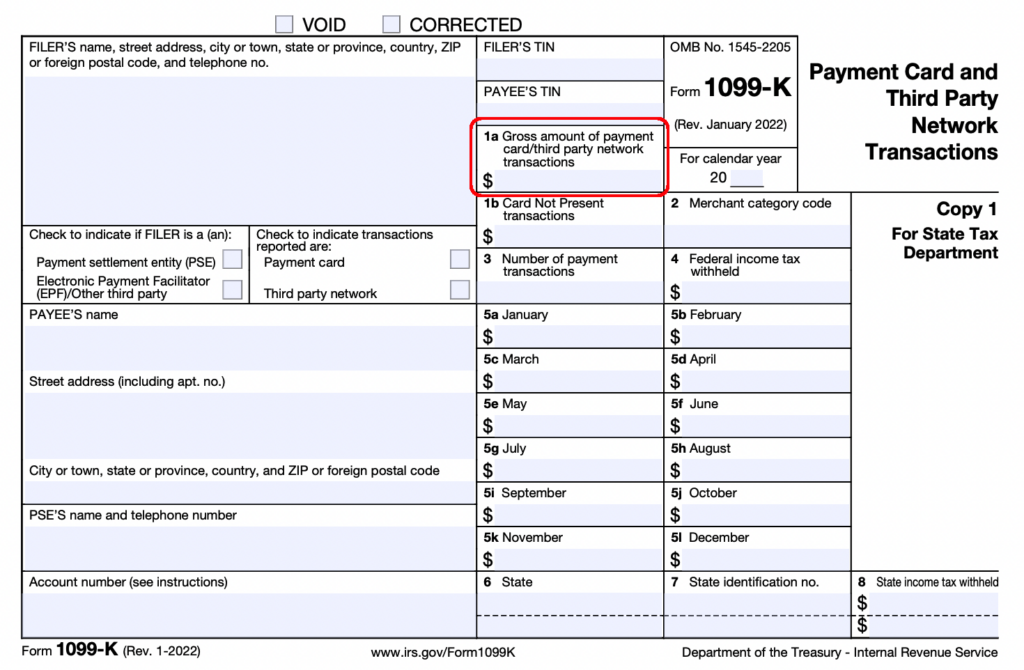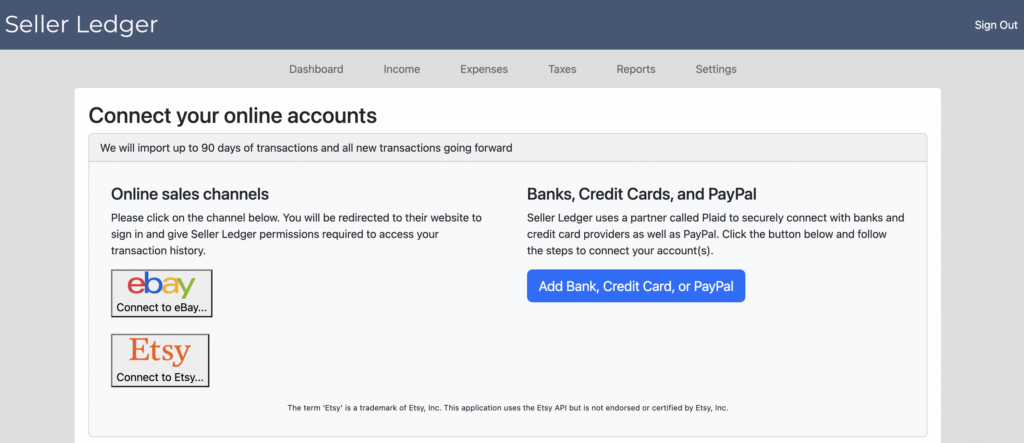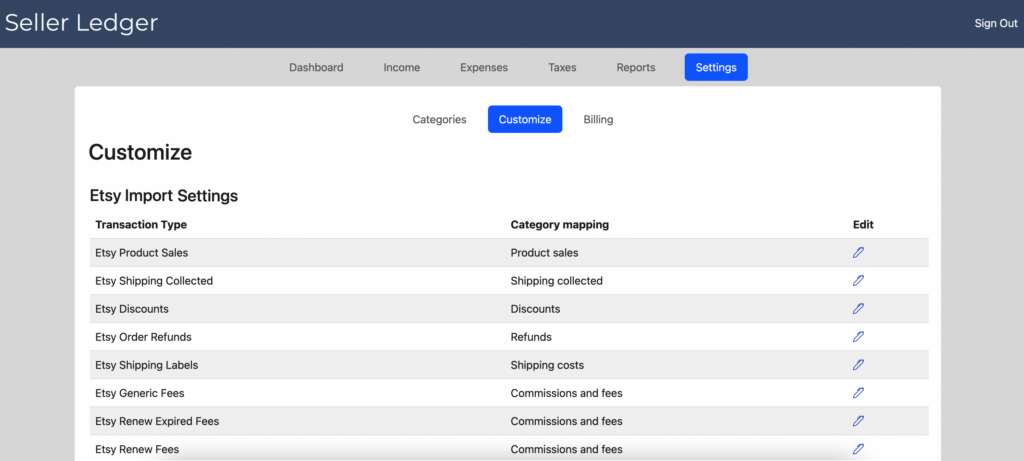Navigating 1099-Ks for small sellers
As of the writing of this article, it appears likely that the lowered 1099-K threshold of $600 in gross payment amount will go into effect for tax year 2023. This is causing much anxiety among small sellers, and with good reason.
To help illustrate how much confusion and complexity is about to be created for small online sellers, we did research to identify some pretty common scenarios sellers might encounter that make for very interesting 1099-Ks and tax returns.
For example:
Inconsistent Gross Amount calculations
1099-Ks have been around since 2011. But did you know that, after 12 years, different platforms are still using different calculations in terms of what gets included in the Box 1 amount? See several examples as we look at the treatment of sales tax.
Selling personal items among your business inventory
Do you track your personal sales separately from your business sales? Because eBay, Poshmark and others don’t. You get a single 1099-K for all sales on each platform. Yet what if you sold some personal items at a loss? Personal items don’t get treated the same as normal business sales. We took a deep dive into this scenario, to help walk sellers through what to do.
Consignment sales
As a reseller of someone else’s items, you may be collecting the full amount of the sale, which will be reported on your 1099-K. Except your income is really only the commission you receive from the sale. How are you supposed to account for this? Learn more as we share what we’ve uncovered.
Disclaimer
The content in this page should not be construed as legal or tax advice. Please consult an attorney or tax professional regarding your specific tax situation.
Don’t stress
Our intent in pulling these example together is not to increase fear or anxiety. We believe there is ample evidence that the entire situation is imperfect, and what the IRS cares the most about is that you pay the correct amount of tax that your business owes. With reasonable bookkeeping, it shouldn’t be too hard to handle these scenarios. At Seller Ledger, we pull in your detailed sales and expense information to make this as simple as possible. We also offer a 30-day free trial, no credit card required.
Make yourself heard
It is our belief that Congress does not fully understand the unnecessary complexity they have created, especially for small sellers. So, we encourage sellers to get involved and send a message to Congress. Click either of the buttons below to be taken to a place to make your voice heard:
If you find more interesting 1099-K scenarios that you’d like to see explored, shoot us an email at support@sellerledger.com and we’ll do out best to get to the bottom of it.



